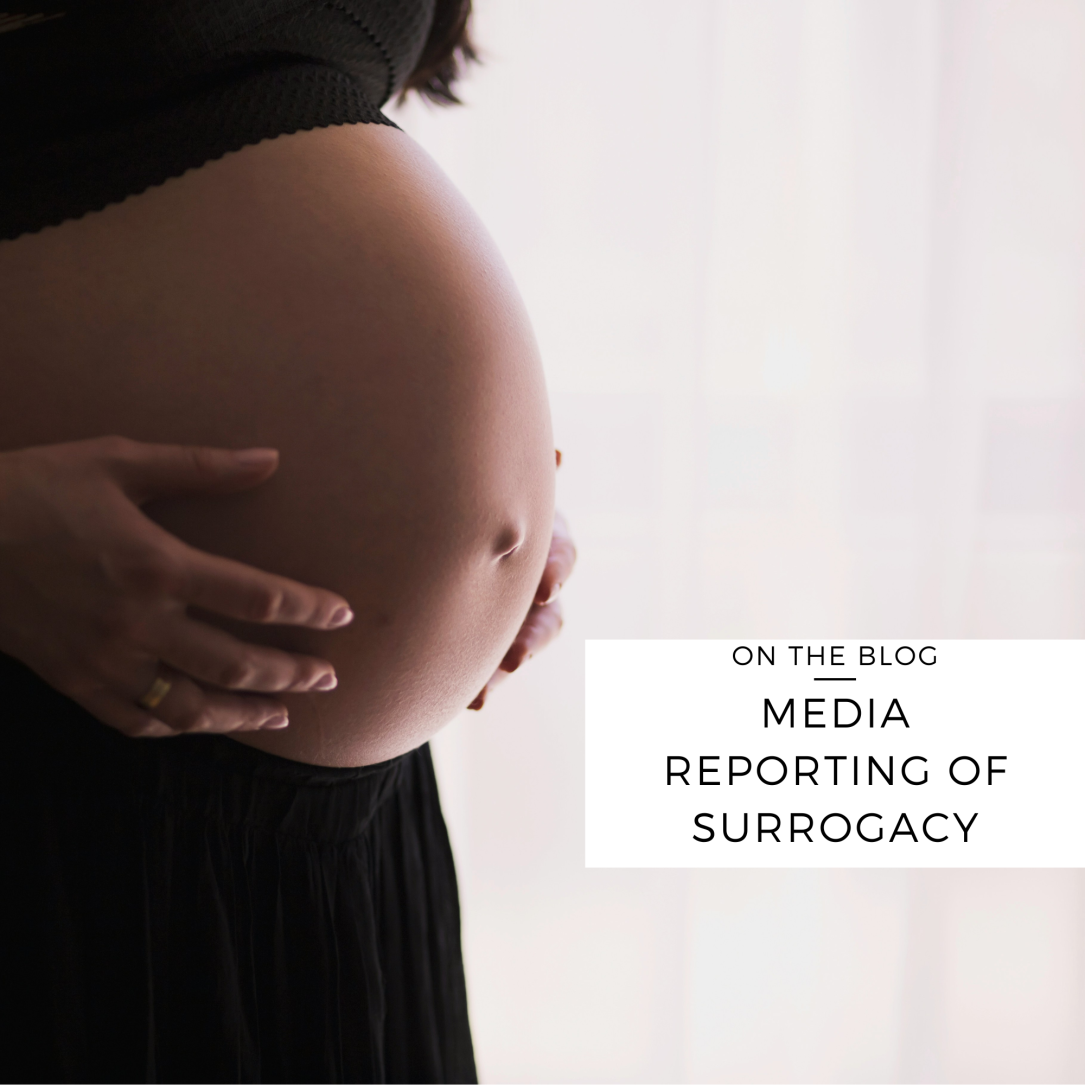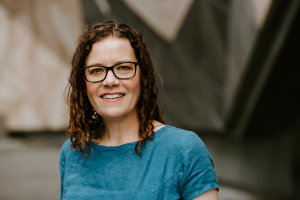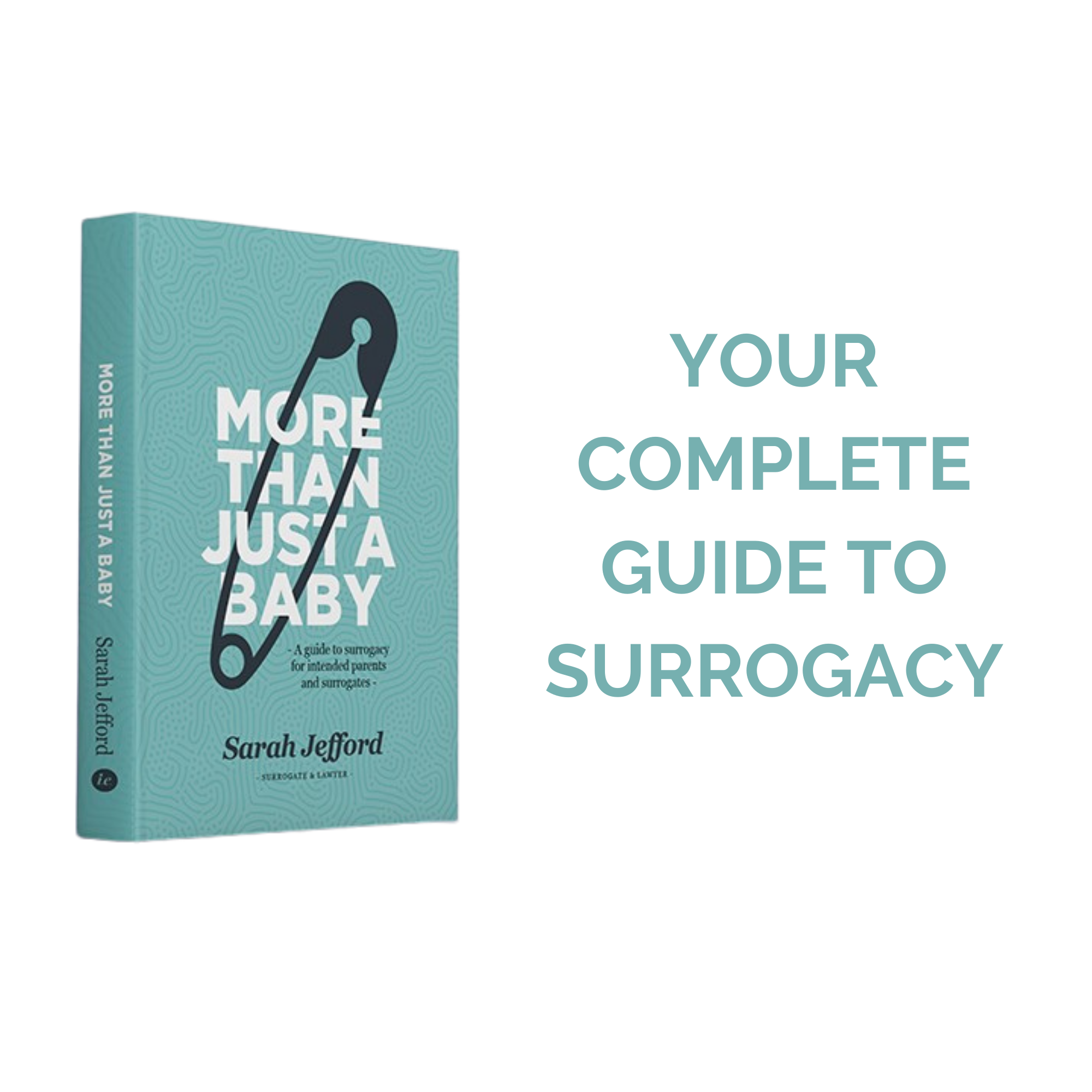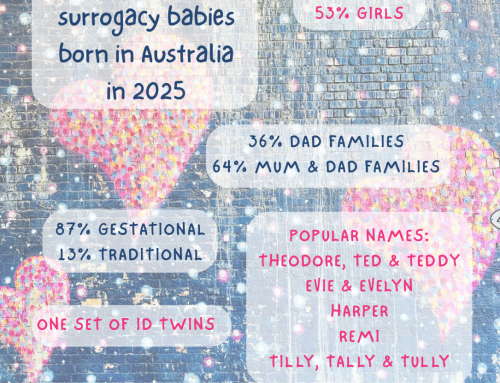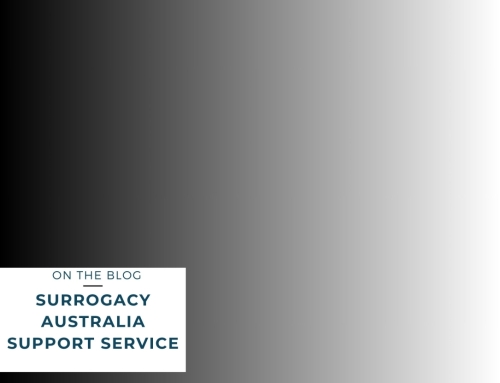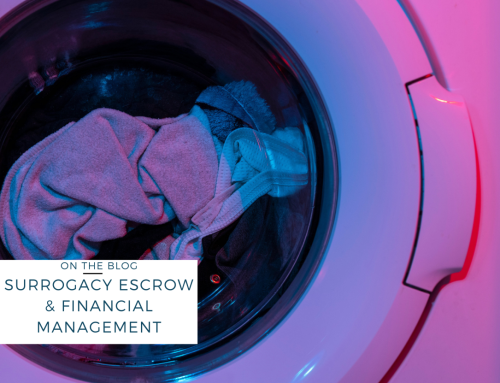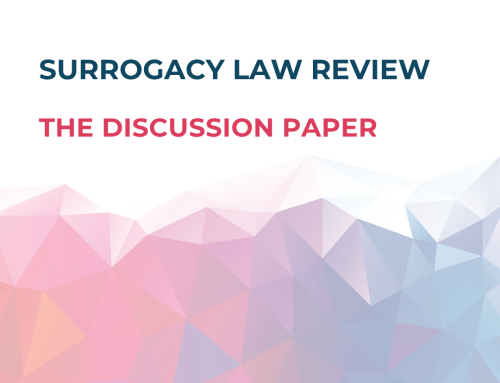Surrogacy is a deeply human, intimate, and complex journey — not just a headline or clickbait. Every surrogacy story involves real people: a woman who chooses to carry a pregnancy for someone else, parents through surrogacy, and people who grow up reading what the media says about how they came to be.
As someone who has been a surrogate and works with surrogates and intended parents every day, I see how the media can uplift, educate and foster understanding. But too often, I also see stories that reduce surrogacy to tired tropes of ‘baby selling’ and ‘wombs for rent’. These narratives strip away the dignity and nuance of the people involved.
The Australian Law Reform Commission is reviewing Australia’s surrogacy laws. Now is the time to report on the complexity and diversity of voices, without exploiting the lived experiences and vulnerability of the community.
Need some facts and figures to support your story? You can read about 600 Australian surrogacy arrangements and about surrogacy births in Australia and overseas. In 2025, I completed a Churchill Fellowship, researching best practice surrogacy frameworks to inform law reform in Australia.
A few reminders, if you’re covering surrogacy:
1. Publishing restrictions.
There are prohibitions around publishing identifying information about surrogacy arrangements in Australia. These laws protect the privacy and safety of everyone involved, especially the child or person born. Media should seek advice from their own lawyers before publishing.
Consider whether your reporting adheres to industry codes of practice. The report should be impartial, fair and honest. Does it protect the privacy of the people involved and avoid harm and offence? Does it respect the rights and privacy of children and young people? Your interview subjects shouldn’t be surprised or distressed by the final release.
2. Protect the dignity of the people at the centre of the story.
When you report on surrogacy, you’re talking about people who live in real communities, whose children will grow up and read your words. How will they feel if they see their birth framed as a transaction, or their parents and surrogate portrayed as naive or exploited? There are real-world impacts when media coverage sensationalises surrogacy.
3. Avoid lazy tropes and headline grabs.
If your interest in surrogacy starts and ends with ‘baby selling’ or ‘renting a womb’, I’m probably not the right person to speak to. Surrogacy stories deserve more than a tired angle that pits families against moralistic pundits. If you want to explore the real lived experience — the complex motivations, relationships and lifelong connections — I’m here for that conversation.
4. People, not props.
Please stop using stock images of disembodied pregnant bellies in surrogacy stories. There is a deep irony in using faceless images to illustrate a piece about ‘exploitation’. A surrogate is not a vessel. A baby is not a commodity. These are human beings with faces, families, and futures.
Families are sharing their story and images of themselves and their children, in good faith. It is tacky and exploitative to use those images in a clickbait story that you know will attract homophobic, moralistic and nasty comments online. Consider whether you have informed consent, if you have not been clear or candid about the framing of the story or who else you are speaking to.
5. Do no harm.
Journalism has power. When reporting is done well, it can shine a light on the realities of modern families, dispel myths and reduce stigma. When it’s careless, it can retraumatise, fuel misunderstanding and even breach the law. Before you publish, ask yourself: Does this piece respect the dignity of the surrogate, the parents and the child? Does it add something thoughtful to the conversation?
There have been many stories over the years that reveal the dark underside of international surrogacy. It is not a novelty. There are complex intersections of family creation, the rights and autonomy of women, and the rights, privacy and welfare of children and persons born. Report on it like you would any other deeply human story — with accuracy, empathy and respect.
If you’d like to cover surrogacy in a way that centres the real people living it, I’m always happy to help connect you with voices of surrogates and intended parents. But if the angle is exploitation for a headline, I’m not interested.
Humans are at the heart of every surrogacy journey. Please remember that.
Are you interested in my thoughts on whether commercial surrogacy should be introduced in Australia? I have presented on the issue of surrogacy and financial compensation – it’s nuanced, complex and it’s not about selling babies. I think it’s time that Australian surrogates were paid.
I have some words for the pundits on their moralistic high ground, despite their own chequered ethical record. I also have some words for the ‘feminists’ who think they can speak for women who choose to be surrogates.
Everyone is vulnerable to exploitation in surrogacy, and generally it’s the unregulated industry that does the exploiting. We should always be focused on what best practice surrogacy looks like and how we can support that in Australia.
Sarah has published a book, More Than Just a Baby: A Guide to Surrogacy for Intended Parents and Surrogates, the only guide to surrogacy in Australia.

